Following Canada’s biggest ever motocross event at Copetown in 1975, the land was sold to make way for a new highway, so a new location was needed to hold the 1976 race. The infield at the Mosport road race facility proved to have all the challenging qualities that Bob Kelly needed to build one of his signature racetracks. So with the beginning of a new chapter in Canadian Motocross, why not schedule a major road race for the same weekend, add the sponsorship dollars of a major beer company, and you have one exciting motorcycle race weekend. The weather was hot and dry but that did not deter the crowds from showing up. It may not have topped the Copetown attendance the previous year, but it sure was close.
The week prior, Gerrit Wolsink dominated the rest of the world-class riders with back to back victories at the US GP in Carlsbad, California. This included Suzuki teammate Roger DeCoster who was looking for his fifth world 500cc title. The fact that DeCoster was not on his game due to lack of sleep because of the birth of his son the night before, took nothing away from the fact that Wolsink was invincible again, winning both motos with dominating ease.
Wolsink set the stage for his Mosport win by putting his Suzuki through the qualifying laps fastest by 2 seconds over his closest rival, young Belgian Jaak Van Belthoven and his KTM.
At the start of the first Moto, Germany’s Adolph Weil (Maico) and American Brad Lackey (Husqvarna) took the early lead. But by the end of the first lap Wolsink passed and established a firm lead over Lackey, Weil, DeCoster, Swede Ake Johnson (Maico) and 19 -year-old brit Graham Noyce (Maico). DeCoster passed Lackey and Weil, and continued to hound teammate Wolsink to within a few feet on lap 12. As if he had just woken from a sleep, Wolsink started to pull away from DeCoster and the rest of the field to finish the first moto a full 43 seconds ahead of DeCoster. Behind him were Brad Lackey, Ake Jonsson, and Jaak Van Velthoven. Of the thirteen finishers, four raced under the Canadian flag. Jim Turner, Nicky Kinoshita (non-Canadians racing in Canada) and Larry MacKenzie finished at the back of the pack in that order. Jan Eric Saalqvist retired after seven laps with pain in his injured shoulder.
The second moto started much the same as the first with Adolph Weil taking the first corner only to be passed by Wolsink, Noyce, DeStefano and Lackey before the end of the first lap. DeCoster was out of the picture riding in 11th place; he eventually pulled into the pits complaining that the bike was not running well. With Wolsink showing the same dominance as in the first moto, Brad Lackey and Graham Noyce battled the whole race for the second spot with Lackey finishing ahead at the end of the moto. Lackey’s second and his third in the first moto gave him second overall for the day.
Jaak Van Velthoven’s remarkable charge from his 13th place start ended in fourth place, barely three bike lengths behind Noyce. Along with his fifth place finishes in the first moto, he secured the third overall for the day.
With a distant 2nd in the first moto and a DNF after 2 laps due to an ill running bike in the second moto, DeCoster could do no better than a 5th overall. Wolsink’s Canadian win gave him a temporary lead in the World Championship standings over teammate DeCoster with a margin of 170 to 166. The situation would reverse itself the next weekend in England when DeCoster’s 3-2 finishes returned him to the top of the world standings.
Yamaha Motor Canada’s Japanese import, Nicky Kinoshita, was eighth, and combined with his 11th place finish in the first moto, it gave him three world championship points and a 10th place tie in the results with Adolph Weil and Suzuki Canada’s Californian import, Jim Turner.
Larry MacKenzie, the only Canadian born rider to start the event, had last-place finishes in both motos after struggling with exhaustion, lost goggles and the weight of the 500cc class machine.
Even with Wolsink’s runaway win in the 500GP races, the competition behind him was still fierce, which gave the crowd something to cheer about. But the 250 support races with most of the familiar Canadian and US riders also proved to be world class, and had the crowd wondering who these riders were. Bob Levy, a relatively unknown young, up-and-coming western rider, was chosen to ride a very special hand-built GP bike sent over from Japan specifically for this event. Suzuki was the fastest thing out there and Kawasaki wanted to prove they could match their speed. So these specially built bikes were sent to Canada and the US to give Suzuki a run for the money. There may have been some controversy over the decision to give the bike to Levy, but if there was any doubt that the decision was the right one at the end of the day, you would have to be in another part of the world, because not only did Levy take the overall, he did it with the nail biting excitement that everybody came to see.
Familiar to most Canadians for his smooth consistent riding style, Japanese import Masaru Ikeda was expected to do well at this event as he had been dominating the national circuit up to that point. Levy, admittedly, was nervous as a lot of eyes were watching his performance. When the flag dropped for the first moto the battle at the first corner left Levy tangled with a couple of other riders and near last place. He knew he needed to pull out all of the stops. By the end of the moto Levy had knifed his way to second place with his sights set on Ikeda, but time ran out and he had to settle for second. US rider Frank Stacy, on a KTM, finished right behind Levy to take third.
The crowd was pumped, and because of a change in the schedule to give the international stars a longer break between motos, the support class was going back out for their second moto with only a short rest. This time the crowd got what they paid for. The second moto staged the kind of racing that gets talked about for years after. As expected Ikeda, Levy and Stacy fought from start to finish with many lead changes and the crowd cheering everywhere. I wouldn’t doubt if the international riders were right there watching this race with everyone else. This time Levy found the right moment to make his final move past Ikeda and did not let him by to the checker.
Thanks to a major beer company’s sponsorship, this international 500cc GP was held on the same weekend as and national Road race championship. It was a very exciting weekend that probably never happened again. Very few facilities can boast this ability.
In 1977 the 500 GP would move to Québec and then after an absence in 1978, show up back at Mosport in 1979 only to disappear again until 1984 at MotoPark. It is a bit unclear as to why this happened, but I hope to shed some light on this next month.

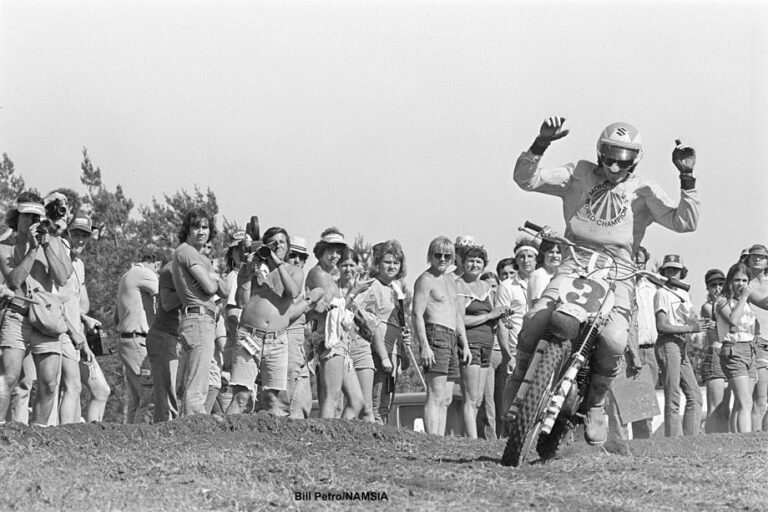
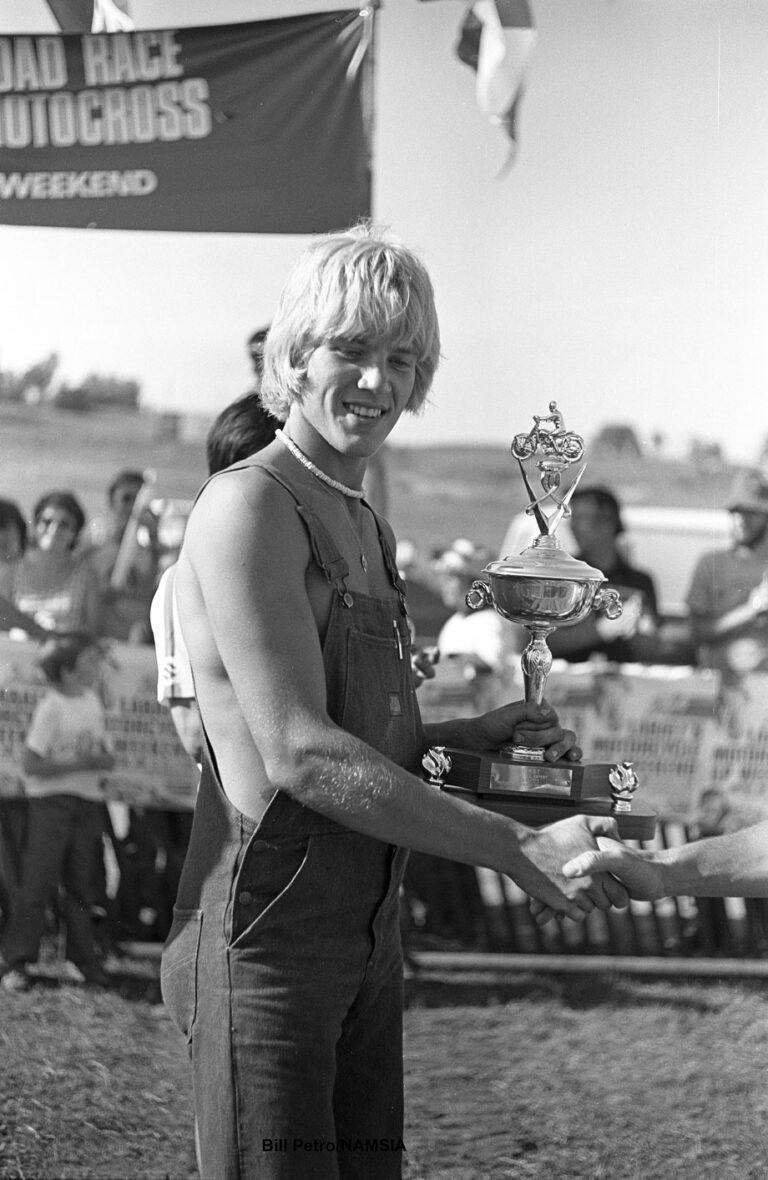
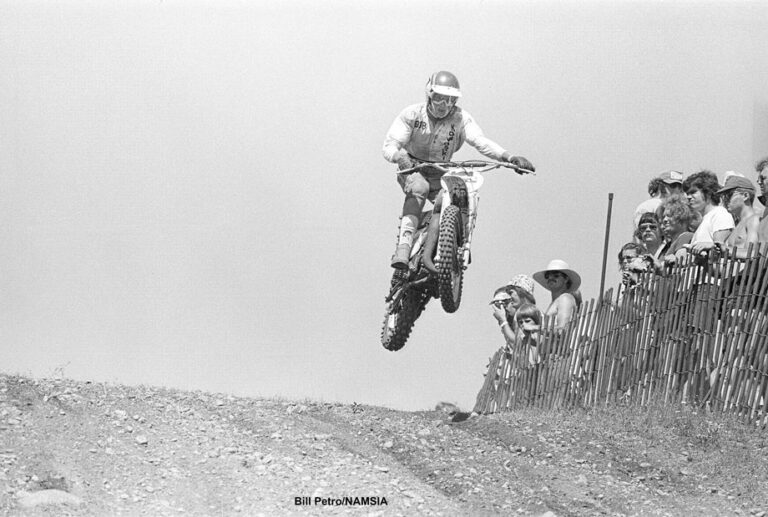
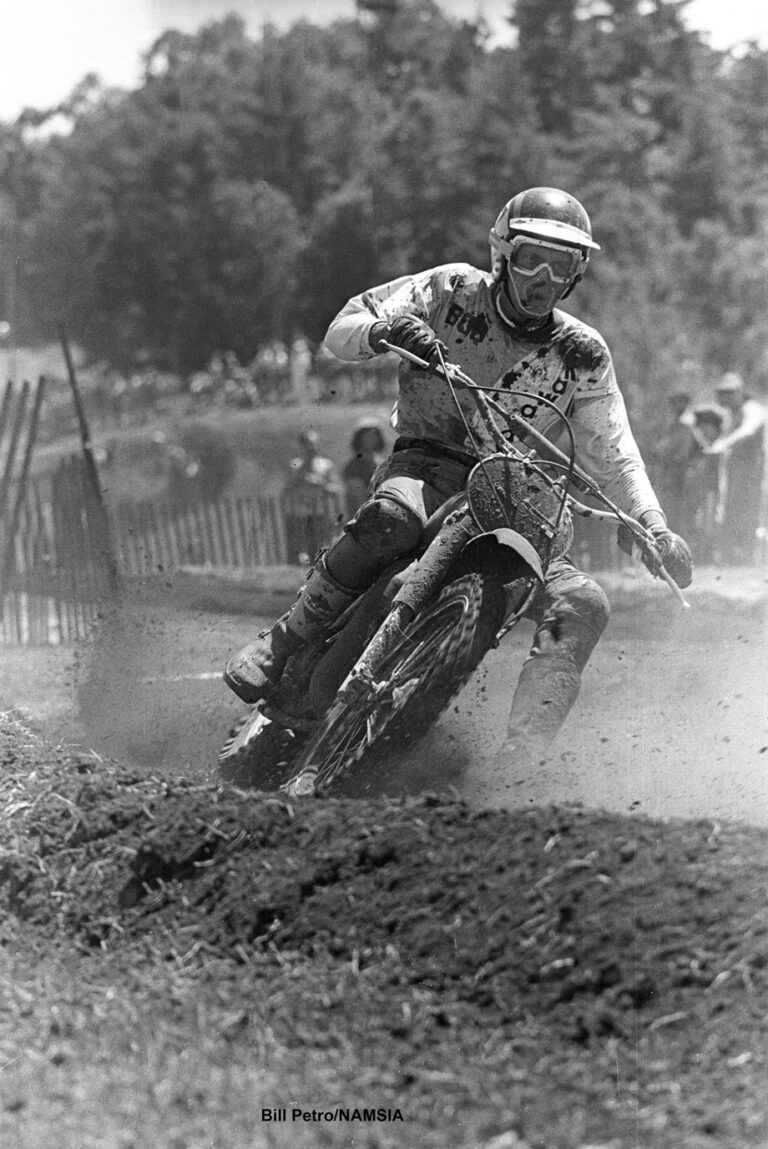
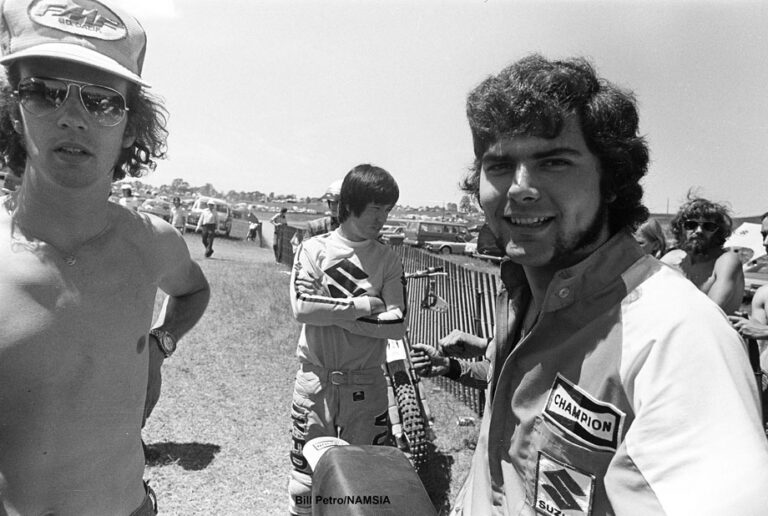
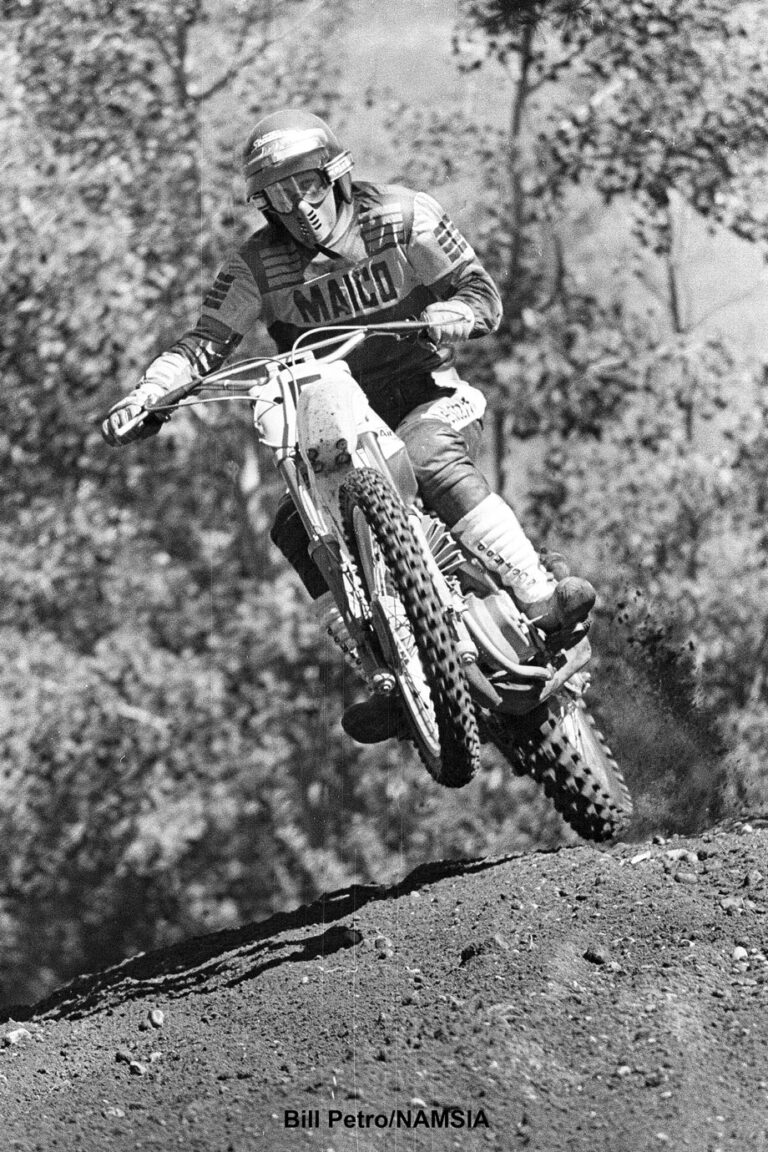
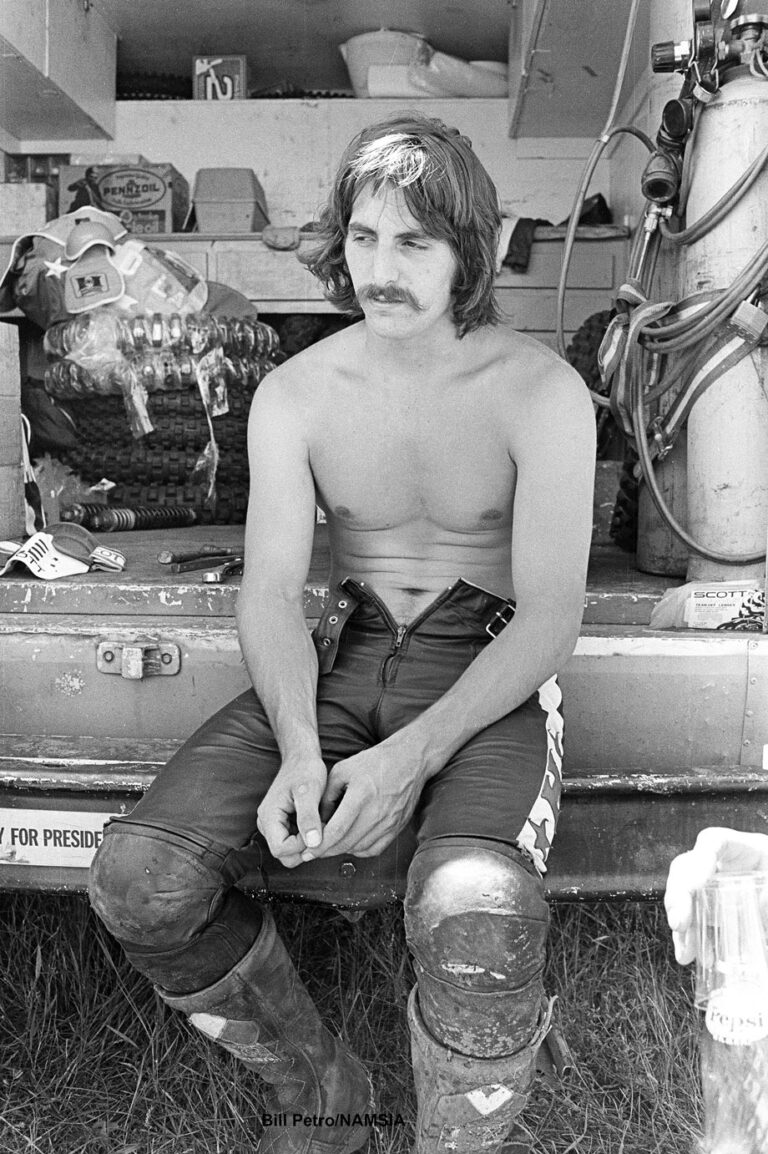
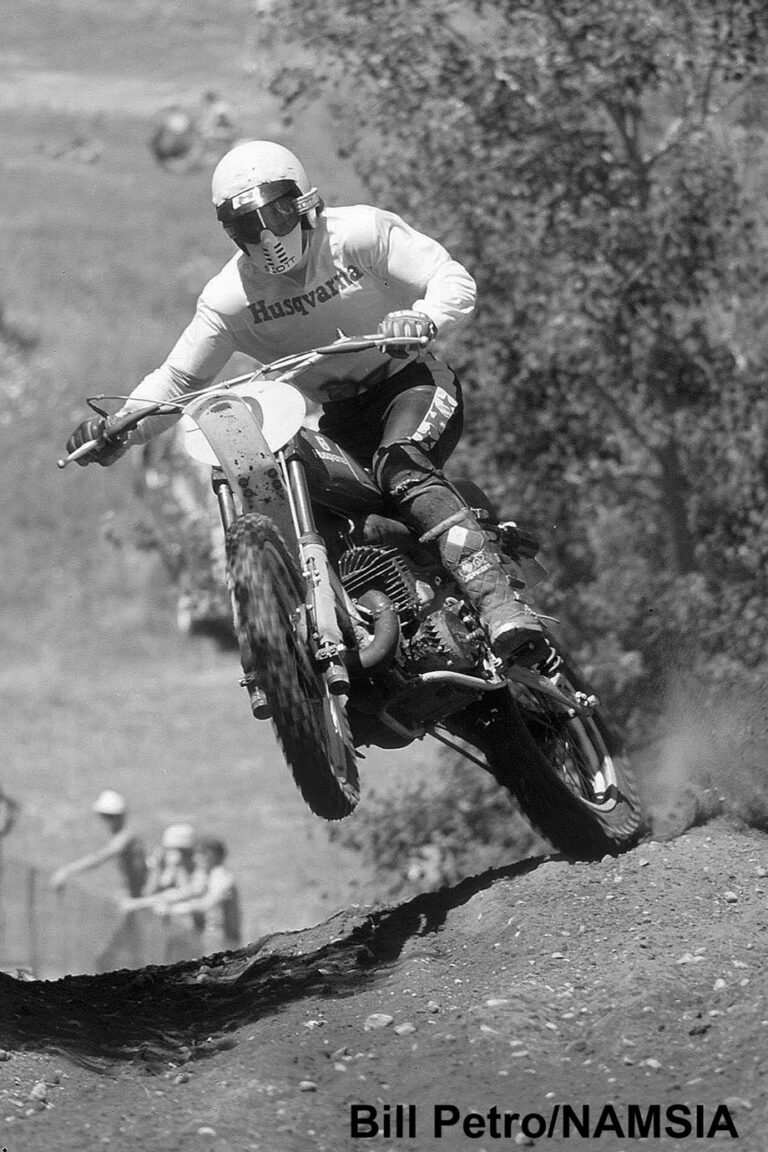
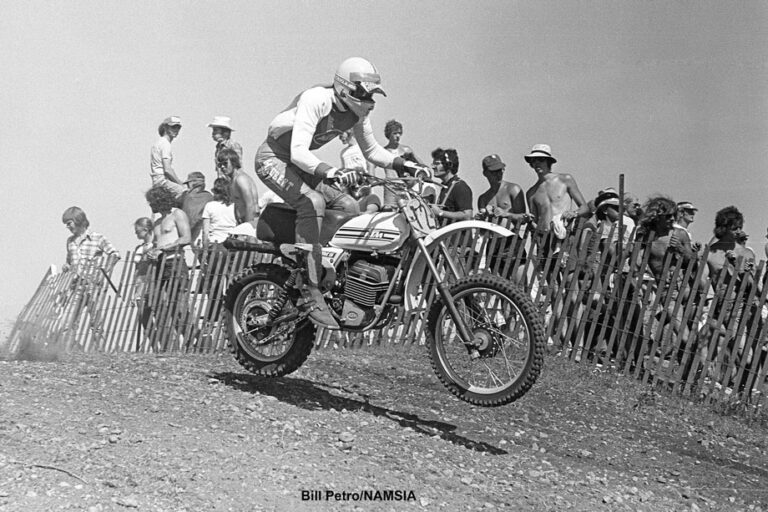
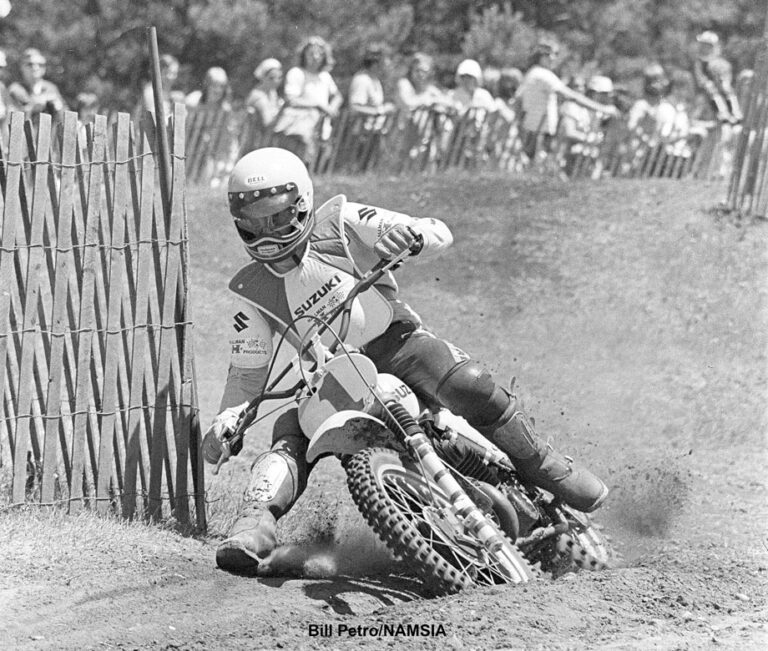
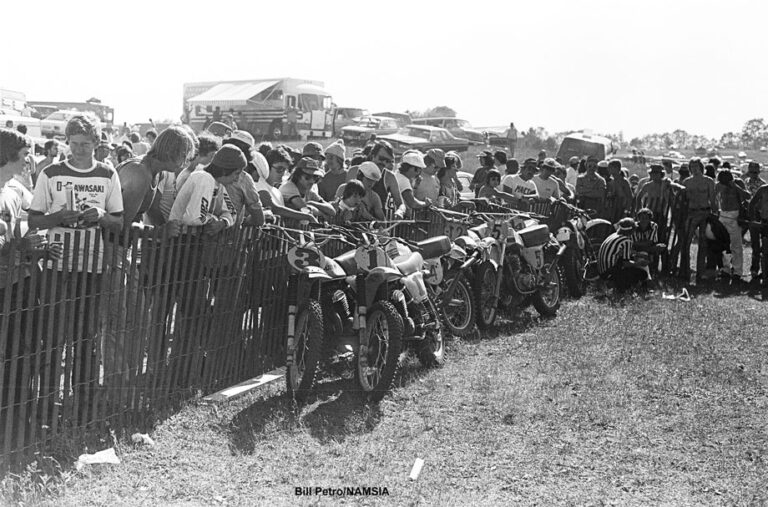
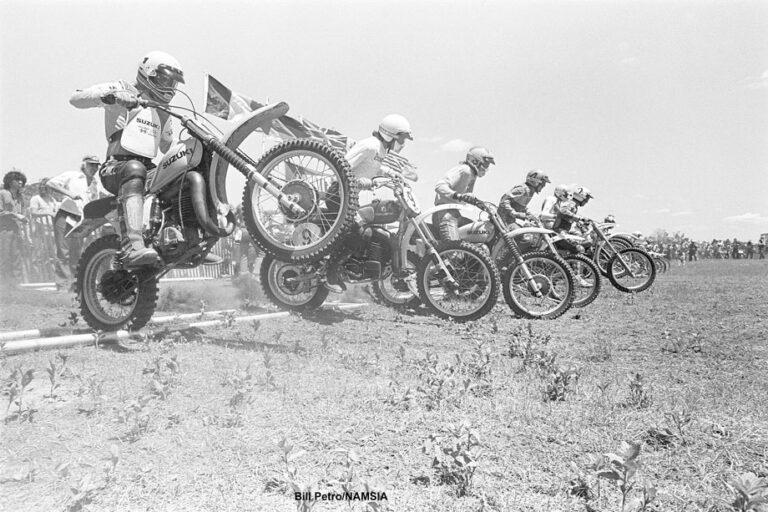
21,400 Responses
диплом медсестры с аккредитацией купить диплом медсестры с аккредитацией купить .
купить медицинский диплом медсестры купить медицинский диплом медсестры .
можно ли купить диплом медсестры можно ли купить диплом медсестры .
можно ли купить диплом медсестры можно ли купить диплом медсестры .
купить диплом медсестры купить диплом медсестры .
купить диплом строителя купить диплом строителя .
кашпо уличные большие кашпо уличные большие .
горшки для сада https://ulichnye-kashpo-kazan.ru/ .
телефоны самсунг телефоны самсунг .
самсунг спб самсунг спб .
купить смартфон в спб купить смартфон в спб .
купить уличные горшки для цветов http://www.ulichnye-kashpo-kazan.ru/ .
список займов онлайн https://zaimy-12.ru/ .
все микрозаймы на карту http://www.zaimy-12.ru/ .
займер ру займер ру .
купить диплом в ноябрьске купить диплом в ноябрьске .
займ все http://www.zaimy-19.ru .
заказать телефон samsung http://www.kupit-telefon-samsung-1.ru/ .
смартфоны самсунг купить http://www.kupit-telefon-samsung-1.ru/ .
купить телефон самсунг http://www.kupit-telefon-samsung-1.ru .
купить наушники airpods без кейса http://naushniki-apple-1.ru .
наушники earpods цена наушники earpods цена .
цена беспроводных наушников apple http://www.naushniki-apple-1.ru .
список займов онлайн на карту список займов онлайн на карту .
Je suis fou de ViggoSlots Casino, il propose une aventure de casino qui brille comme une banquise illuminee. Les options de jeu au casino sont riches et givrees, proposant des slots de casino a theme polaire. L’assistance du casino est chaleureuse malgre le froid, offrant des solutions claires et instantanees. Le processus du casino est transparent et sans tempete, mais des recompenses de casino supplementaires feraient frissonner. Globalement, ViggoSlots Casino offre une experience de casino vivifiante pour les amoureux des slots modernes de casino ! A noter le site du casino est une merveille graphique polaire, donne envie de replonger dans le casino sans fin.
viggoslots fr|
1win ios yuklab olish https://1win5503.ru/
всезаймыонлайн http://www.zaimy-13.ru .
все займы на карту zaimy-13.ru .
займер ру займер ру .
все займы онлайн на карту http://www.zaimy-13.ru .
1вин вывести деньги 1вин вывести деньги
1win cashback uz https://www.1win5504.ru
озеленення квартири https://remontuem.te.ua
цветочные горшки для улицы http://www.ulichnye-kashpo-kazan.ru .
Юридические вопросы могут быть сложными и запутанными.
data.tkamedia.com data.tkamedia.com
Correctly handling Ozempic is essential to preserve its potency for blood sugar control. Ozempic, a weekly injectable containing semaglutide, comes in a disposable injector that requires careful storage. When first use, place Ozempic pens in a refrigerator at refrigerated conditions, not in the freezing compartment to avoid damage. Never expose to freezing Ozempic, as iced injectors render ineffective and must be disposed of. Following opening, Ozempic may be stored at below 30°C or cooled for no more than two months. Keep the injector covered attached when not in operation to shield it from light. Always inspect the liquid in the injector for clarity, disposing it if discolored. Never place Ozempic in warm places like sunlit spots, as high temperatures can degrade its potency. While traveling, bring Ozempic in a cool container to ensure safe conditions. Get rid of empty needles in a safe disposal bin to ensure proper disposal. Store Ozempic away from children to avoid accidental exposure. Adhering to these rules ensures Ozempic remains safe for your care. To review essential care practices for Ozempic to maintain its potency, https://ozempichealth.net/ozempic-room-temperature-how-long-can-it-stay-out/ details practical methods. After starting Ozempic, always verify temperature to avoid damage of medication. Noting the date on the pen supports managing the 8-week usage period. Consulting a pharmacist about handling issues provides accuracy. Following a specific place, like a fridge shelf, reduces unintended damage. When getting rid of injectors, follow local rules for proper handling. Never share Ozempic injectors with others to avoid infection. Ongoing consultations with your doctor support proper management of Ozempic. Patients who stick to handling guidelines often experience consistent treatment. Consistently consult your doctor for tailored support on handling Ozempic.
1win aviator ro‘yxatdan o‘tish https://1win5504.ru/
Hi there to every one, the contents present at this web site are actually remarkable for people experience, well, keep up the nice work fellows.
официальный маркетплейс kra40.cc
микрозайм все https://zaimy-23.ru .
как набрать подписчиков в телеграм канале
купить диплом в тюмени купить диплом в тюмени .
1win ro‘yxatdan qanday o‘tish 1win ro‘yxatdan qanday o‘tish
микро займы онлайн микро займы онлайн .
взо взо .
займер ру займер ру .
займер ру займер ру .
1win balansni ko‘rish 1win balansni ko‘rish
купить диплом в юрге купить диплом в юрге .
купить диплом менеджера по туризму купить диплом менеджера по туризму .
купить диплом в коврове купить диплом в коврове .